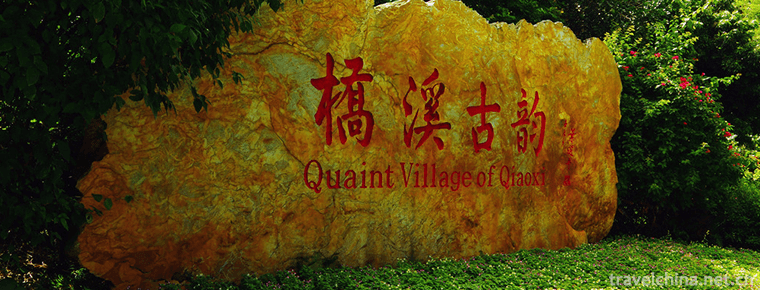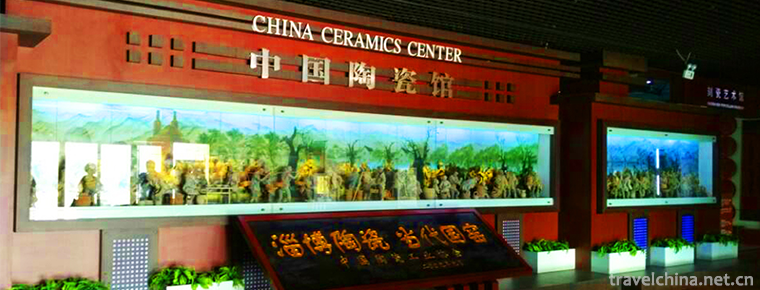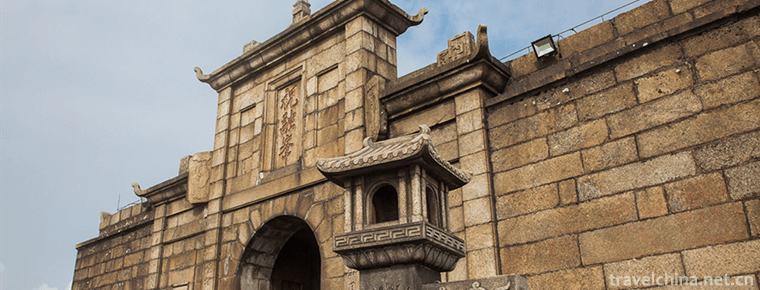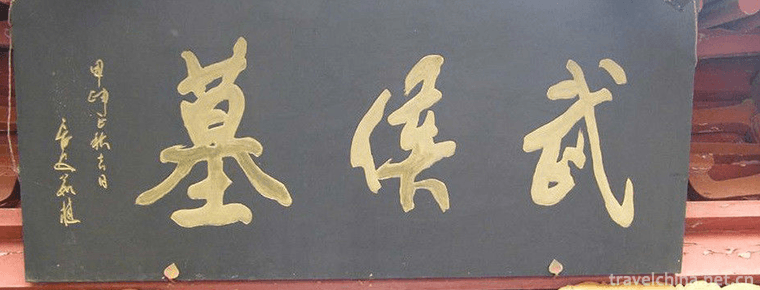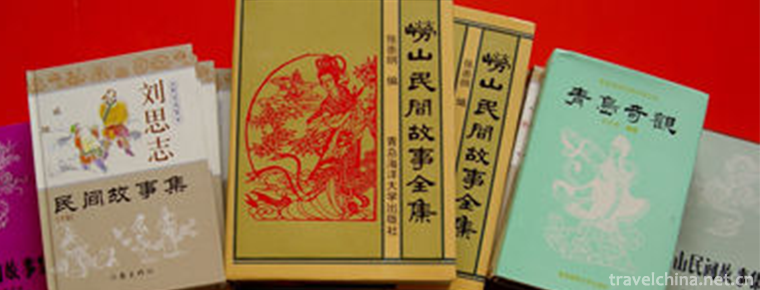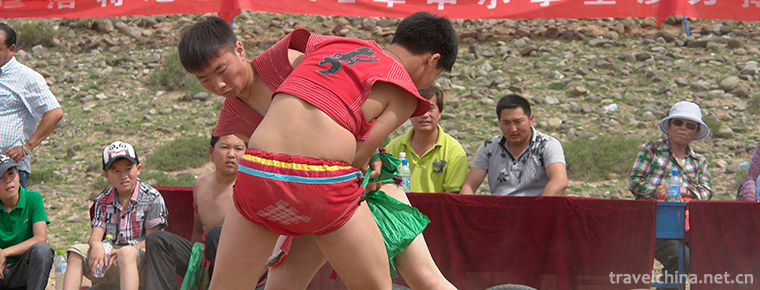Sheng Guanyue in Jizhong
Sheng Guanyue in Jizhong
Jizhong Sheng wind music is popular in Jizhong Plain, that is, south of Beijing, west of Tianjin, north of Cangzhou and Dingzhou frontline nearly 30 counties and cities of traditional drum music varieties, the local folk commonly known as "concerts".
In 2006, Jizhong Sheng Music was listed in the first batch of national intangible cultural heritage list with the approval of the State Council.
historical origin
Jizhong Sheng wind music is popular in Jizhong Plain, that is, south of Beijing, west of Tianjin, north of Cangzhou and Dingzhou, nearly 30 counties and cities of drum music varieties, folk commonly known as "concerts". It is also called "Sheng Guan Music" because it is mainly composed of pipes, Sheng and other accompaniments. In addition to Sheng and wind instruments, there are also Yungong, flute and percussion instruments such as drums, cymbals, clang and so on. There are three types of music: divertimento, ditty and independent percussion. The divertimento is a major part of Sheng wind music because of its long length and complex structure. "Sheng Guanyue" spreads all over the central Hebei Plain. Farmers from all over the country, taking villages as units, play and inherit in local folk activities such as sacrifices, ceremonies and funerals by means of music festivals.
Jizhong wind music was originally played in two forms: the North Concert and the South Concert. "Beiyuequan" orchestra is composed of eight to ten people. The pipes of the main musical instruments are thin, small in volume, soft in pronunciation, simple and dignified in playing style, slow in speed and elegant. The Orchestra of "South Concert" is usually composed of more than ten people. The pipes of the main instrument are thicker. Besides one pipe as the main pipes, they are also equipped with multi-payment pipes. Therefore, they play with loud voice, changeable melody, lively and interesting playing style, faster speed and warmer. In recent decades, the "South Music Club" has become less and more popular and widely spread, becoming the representative of the central Hebei wind orchestra.
Inheritance significance
In the late Qing Dynasty, the concert of Shengfang Town in Bazhou began to receive both Gaoqiang and Kunqu Opera, and became the largest music association in the town. After the founding of New China, Kunqu Opera gradually faded out, but so far musicians can still play Kunqu Opera. In many local concerts, the grand array of banners, corner lights, drums, tea picks and so on formed the characteristics of Zhennan concert. The performances, formations and related artifacts with unique styles of Shengfang Zhennan Concert are the real relics of Buddhist music in the folk, and are also important materials for understanding and studying classical Buddhist music and local folk customs.
The state attaches great importance to the protection of intangible cultural heritage. On May 20, 2006, Shengguan Music in Jizhong was approved by the State Council and listed in the first batch of national intangible cultural heritage list.
Due to various factors, Qujiaying concert, Gaoluo concert, Gaoqiao concert and Shengfang concert are facing great difficulties in inheritance. Only by strengthening protection, can we inherit this excellent folk cultural heritage.

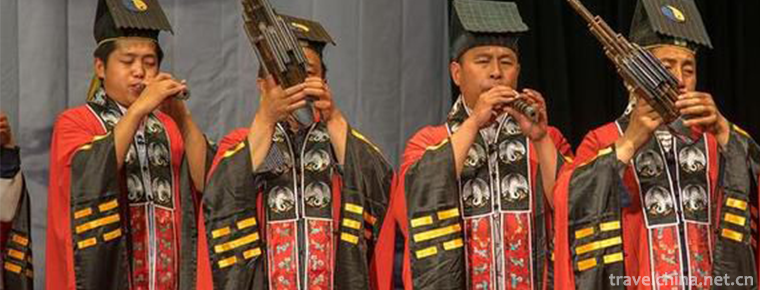
-
Yan Nanfei Tea Field Scenic Area
Yannan Fei Tea Field Resort, located in Yanyang Town, Meixian District, Meizhou City, is the first AAAA-level tourist attraction in eastern Guangdong Province, and has been upgraded to 5A-level touris.
Views: 170 Time 2018-12-12 -
China Ceramic Museum
The China Ceramic Museum is located in the Cultural Square in the center of Zibo City. On the basis of Zibo Exhibition Hall in April 2001, it was transformed by large-scale investment.
Views: 127 Time 2018-12-22 -
Gongchangling Hot Spring Skiing Ground
Gongchangling Skiing Ground is located in Tanghe Scenic Area of Gongchangling, Liaoyang City, Liaoning Province. It covers an area of 100 hectares and is a national AAA-class tourist attraction..
Views: 109 Time 2019-01-12 -
Hengshan Scenic Area
Hengshan Scenic Area, located in Nanyue District of Hengyang City, is a holy place of Quanzhen sect, the mainstream Taoist religion, with an elevation of 1300.2 meters. Because the climate conditions .
Views: 144 Time 2019-01-16 -
Wuhou Tomb Scenic Area
The Tomb of Marquis Wu is the tomb of Zhuge Liang, a famous statesman and militarist in the Three Kingdoms Period. It is located at the foot of the ancient battlefield of Dingjunshan.
Views: 147 Time 2019-02-24 -
Xishan Scenic Area Kunming Yunnan
The Xishan Scenic Area in Kunming, Yunnan Province, is a forest park with ups and downs, verdant trees, white birds contending and beautiful scenery. Dense forest vegetation.
Views: 159 Time 2019-02-25 -
Danzhou tune
Danzhou tune is a traditional folk song which only spreads in Danzhou of Hainan Province and has a unique regional style. It is sung in Danzhou dialect with a lively rhythm.
Views: 117 Time 2019-04-25 -
Laoshan Folk Stories
Laoshan folk tales, commonly known as Lagua, are oral literature created by the local people of Laoshan Mountain in Shandong Province for thousands of years. There were few written records before libe.
Views: 115 Time 2019-05-11 -
Nanyin Rap
Nanyin rap is a form of rap sung in Guangzhou dialect. It is also a common melody in Cantonese opera and Cantonese opera. It is said that Nanyin rap was developed on the basis of wooden fish and drago.
Views: 280 Time 2019-06-07 -
Sharipol wrestling
Shaliboer style wrestling is a national traditional sports event originally created and retained by the Weilat Mongolian people. It is one of the main sports events in the Uznada Mu Grand Event in Ala.
Views: 147 Time 2019-06-12 -
Yao an Bazi Cavity
On June 7, 2008, Yao'an Baziqiang, declared by Yao'an County, Yunnan Province, was listed in the second batch of national intangible cultural heritage list with the approval of the State Council. Heri.
Views: 312 Time 2019-07-11 -
Yibin water resources
Yibin city produces 614500 cubic meters of water per square kilometer per year. In addition to the amount of water from various rivers in the city, the city has a total annual water volume of 242.84 billion cubic meters, and the average annual water occupatio.
Views: 359 Time 2020-12-18
